Toruń 2024-09-02
Historic train at Toruń Główny station.
On April 26, 2023, a historic passenger train consisting of four historic cars arrived at Toruń Główny station. The historic Ol49-3 steam locomotive with a 25D49-3 tender was placed at the head of the train. The entire train was placed on a fenced and lit track and is a great sight for railway enthusiasts. The train stands on an impassable track next to the former post office building, which currently houses the Railway Chamber of Tradition and a hostel.
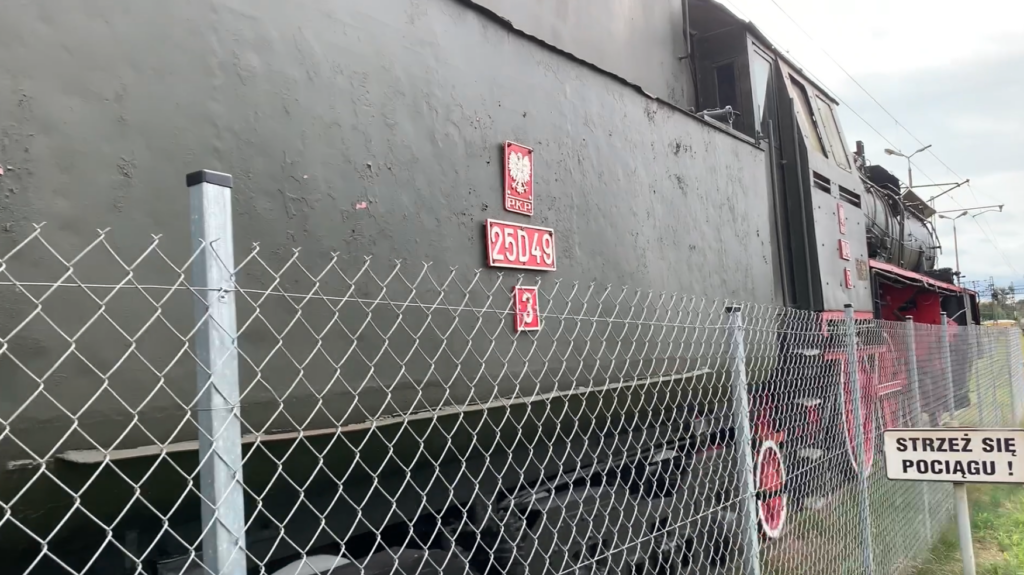
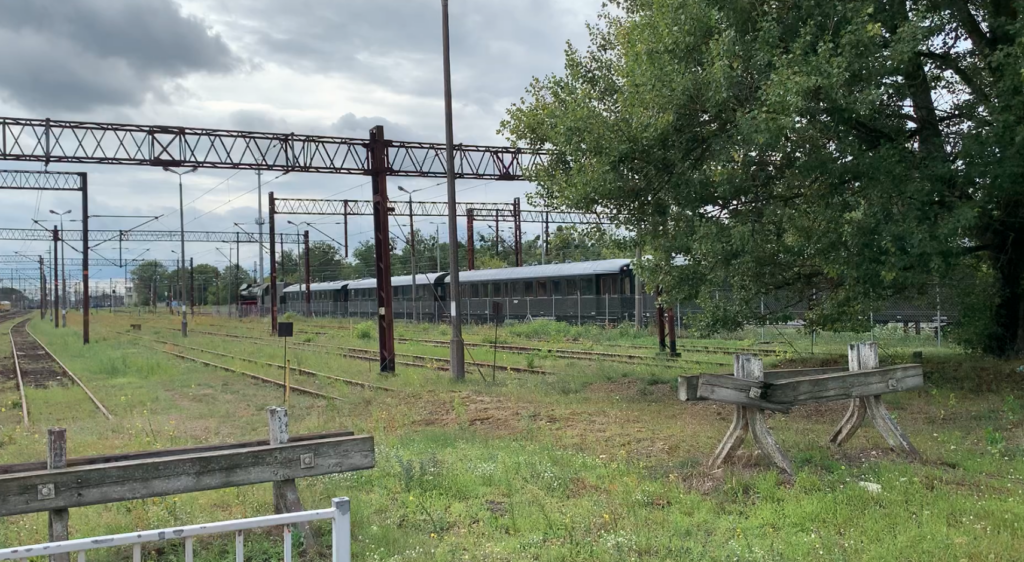

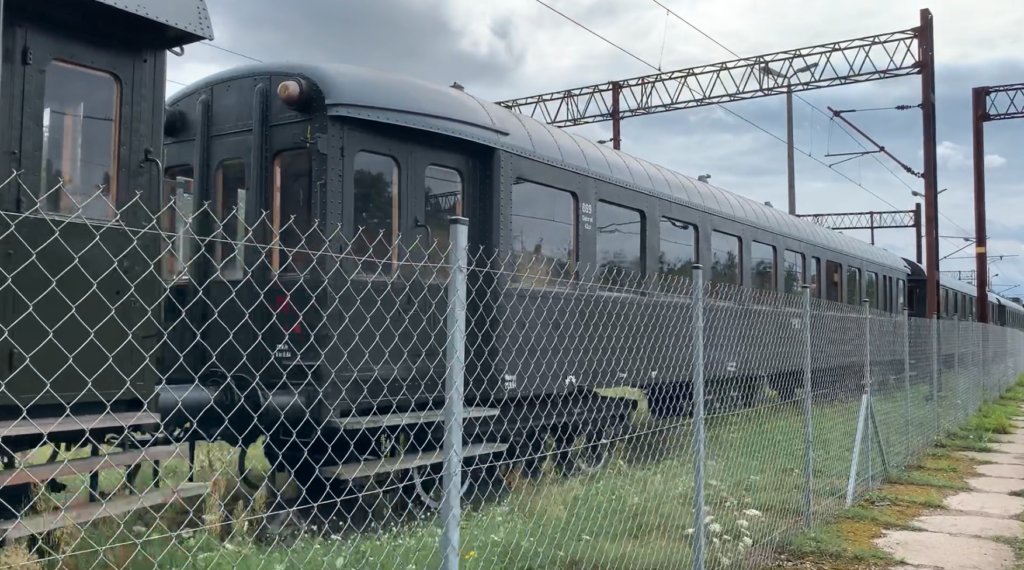
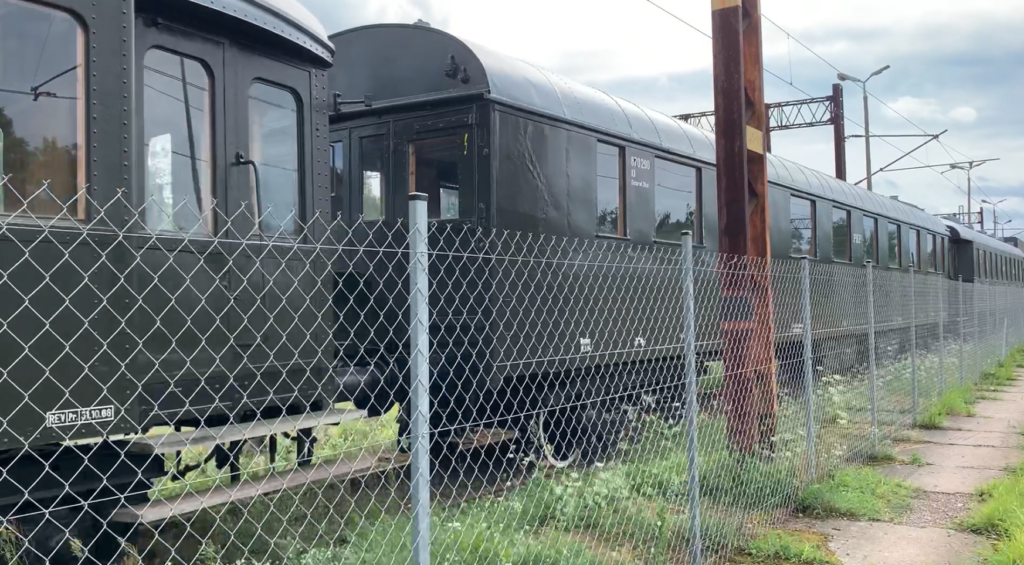
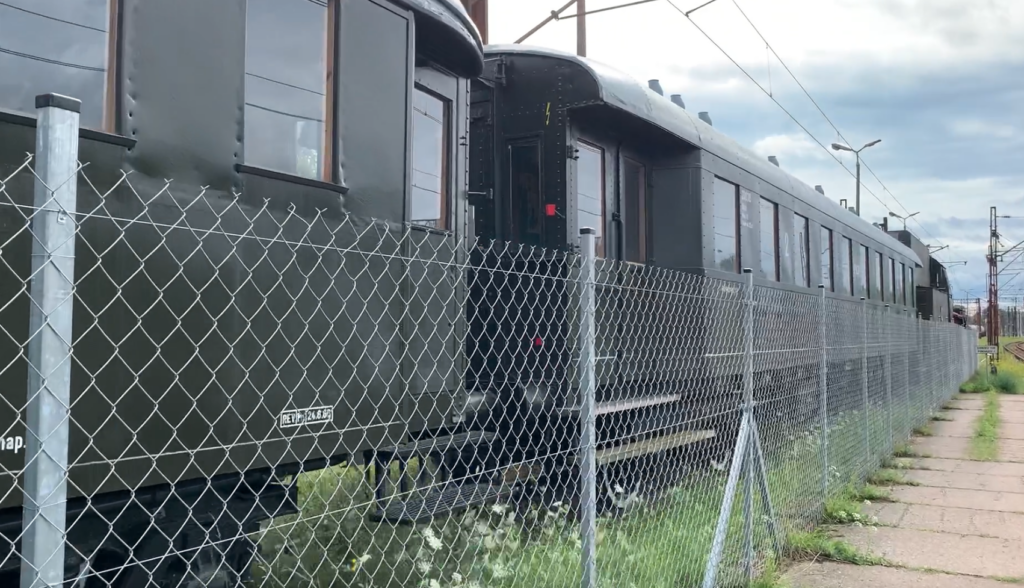
The fence largely guarantees that vandals will not destroy valuable exhibits. Because unfortunately there is no shortage of pseudo-artists who stubbornly destroy public property for a better cause.
After being withdrawn from use, the wagons were the property of the Regional Ecological Education Centre in Przysiek, which looked after the wagons for several years. For several decades, the wagons stood on a side track of the Toruń Kluczyki station and required renovation.
Around 2010, the authorities of the Kujawsko-Pomorskie Voivodeship decided to revitalize LK No. 209 Brodnica – Bydgoszcz Wschód, which was closed on the Kowalewo Pomorskie – Golub Dobrzyń – Brodnica section (route length 49.765 km). The old stations on the route launched on November 1, 1900, were to be renovated and become a tourist attraction. The investment cost was to amount to PLN 12 million. The tourist train was to run on the Toruń Główny – Brodnica – Toruń Główny route. The Marshal’s Office bought two locomotives. One is a steam locomotive Ol49-3 tender 25D49-3 (1951), and the other is a Hungarian Ganz-Mavag DVM2-2, or SM41 diesel locomotive (1961). The passenger cars were to be vehicles standing at the Toruń Kluczyki station. The purchase cost was approximately PLN 490,000. Since it was not possible to reach an agreement with PKP PLK regarding the inactive LK, the plans were not implemented. Currently (2024), the LK No. 209 Kowalewo Pomorskie – Golub Dobrzyń – Brodnica section has already been dismantled.
But history moved on. The steam locomotive and cars underwent a thorough renovation at the Toruń Kluczyki station. The roofs of the cars were renovated. New windows were installed. Non-original equipment was removed from the interior. The cars received a new paint job, which is based on the one used in the 1960s.
The wagons are unique in the world. These are Germanic, Belgian, French and Italian wagons. All of them were manufactured before the Second World War. These wagons came to Poland, to PKP in the period 1945-1946, taken over from the Germanic railways. These were wagons that were taken over as war booty during the Second World War (French, Belgian and Italian wagons). In PKP, these wagons supplemented the Polish rolling stock destroyed by the Germanic aggression.
The Ol49-3 with tender 25D49-3 is at the head of the train. The Ol49 series locomotive is a passenger steam locomotive, with the “l” axle arrangement, i.e. 1C1 (otherwise oOOOo). The Ol49 locomotive was developed by Polish designers in 1949. Production was launched at the FABLOK factory in Chrzanów. 116 locomotives were built.
The first carriage behind the locomotive is a carriage marked Bhixt (i.e. Class 2) No. 20038. The carriage was assigned to the Grochów station. Its weight is 35,000 kg, and the last weighing was performed on November 16, 1964. ZNTK Łapy 1964. The carriage is set on two two-axle bogies. There is an inscription on the carriage; for smokers. There are 72 seats in the carriage.
The second carriage No. 870290 XX. The carriage was assigned to the Szczęśliwice station. Its carriage weight is 39,000 kg, and the weighing was performed on May 12, 1964. The last inspection was performed on June 24, 1966. The carriage is set on two two-axle bogies. The carriage has electric heating (3 KV DC) and electric lighting.
The third carriage, No. 699. Its weight is 43,000 kg and was weighed on 21 September 1964. The last inspection was carried out on 31 October 1964. The carriage is set on two two-axle bogies and has water heating.
The fourth carriage is marked Ashx (i.e. Class 1) No. 955. Its weight is 44,000 kg and the last weighing was carried out on 25 August 1966. The carriage is set on two two-axle bogies and has water heating.
Written by Karol Placha Hetman
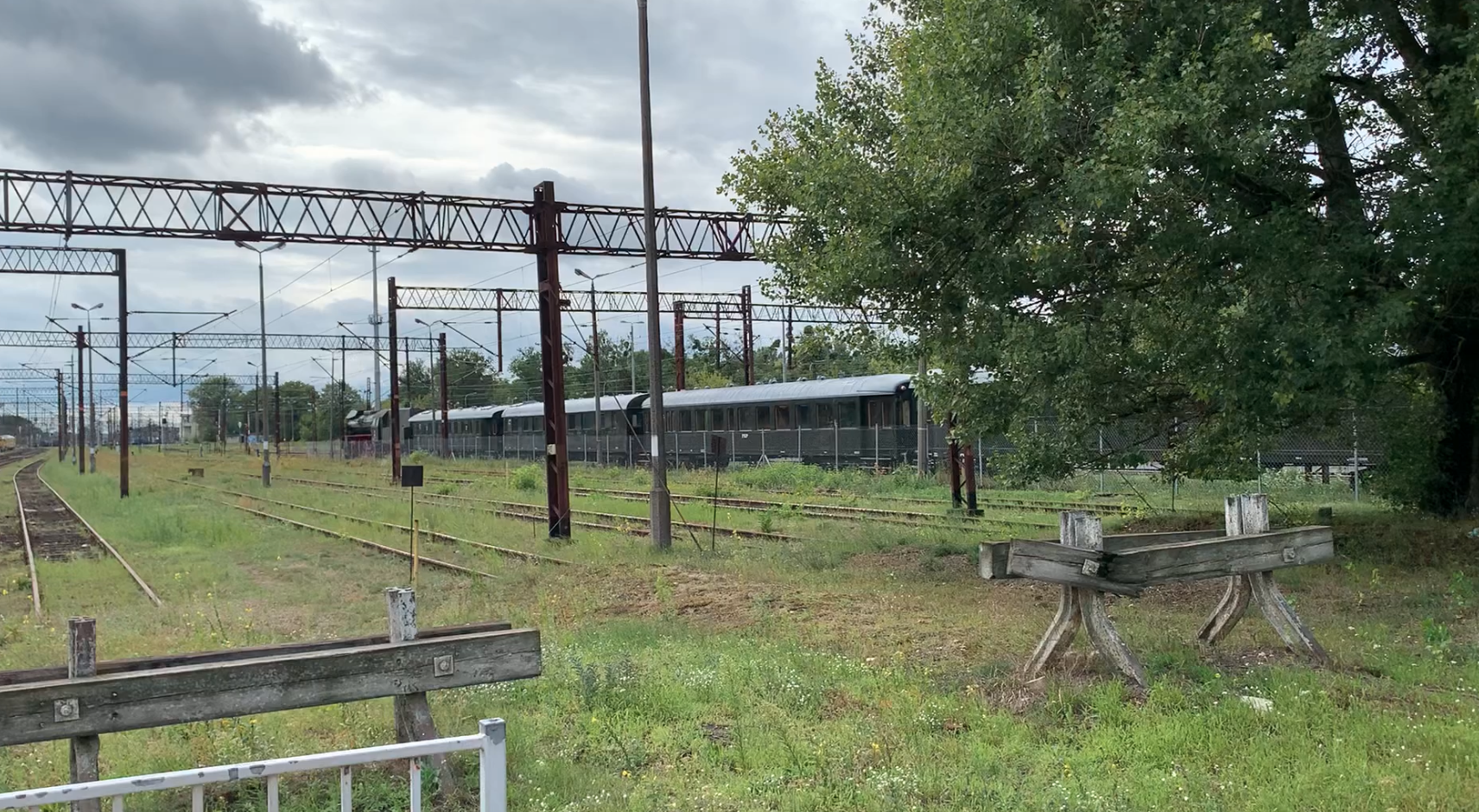
Leave a Reply
You must be logged in to post a comment.